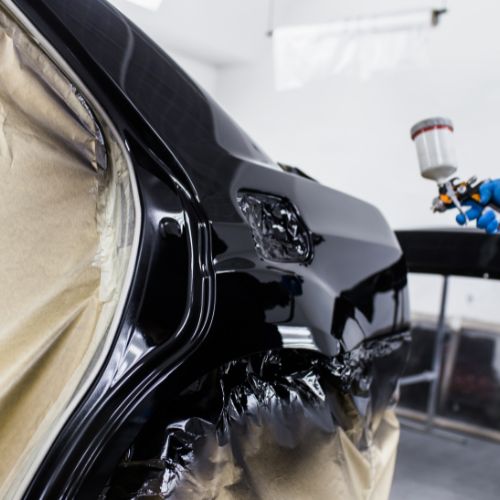Painting a car can be a daunting and time-consuming task. With the right tools, techniques, and patience, you can give a brand-new look to your car. However, there are some common mistakes car enthusiasts often make, which can lead to disastrous results.
These are the four common mistakes to avoid when painting your car so that you can achieve the best possible results.
Rushing the Prepping Process
Prepping is the most crucial step in the process of painting your car. It ensures that the paint adheres to the surface correctly and helps you achieve a smooth and even finish. The surface must be free from dust, dirt, rust, and old paint. However, many car owners skip this step and rush into the painting process, which leads to bubbles, peeling, and chipping in the paint. Take time to sand the rough surfaces, fix the dents and scratches, and then prime and clean the surface before painting.
Inadequate Ventilation
Proper ventilation is crucial when painting a car. If inhaled, paint fumes can be hazardous and cause dizziness, headaches, and health problems. Ensure adequate ventilation in your workspace, and use a respirator or mask to protect yourself from inhaling the fumes. Avoid painting in humid weather or during rains, as moisture can cause blisters in the paint.
Not Applying Enough Paint
Applying too little paint can result in an uneven, blotchy finish and paint peeling off quickly. On the other hand, too much paint can lead to sagging and dripping. Follow the instructions for the number of layers required and the amount of paint to use. It’s also essential to use the same brand and type of paint as the primer and the previous coats, as different brands may contain different chemicals.
Ignoring the Curing Time
The final step in painting a car is to give it ample time to cure. Curing time is required for the paint to dry and bond to the surface entirely. Ignoring or cutting down the curing time can lead to the paint peeling, chipping, or cracking. Ensure you read the paint can instructions and note the curing time before applying it. Also, avoid driving your car for at least a week after painting to allow the paint to cure entirely.
Painting a car can be fulfilling, but avoiding common mistakes is crucial to getting the best results. Prepping the surface correctly, using adequate ventilation, applying the right amount of paint, and allowing enough curing time can ensure that your car looks brand new and stays that way for a long time. You can take the first step toward a great-looking car by avoiding these common mistakes.
If you need automotive spray paint, Eagle National Supply has you covered. We offer a wide selection of paints that can be used for any type of car painting project! Visit our website to learn more about our products, or contact us today with any questions.


